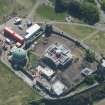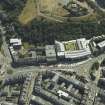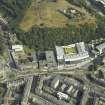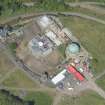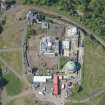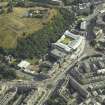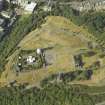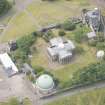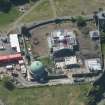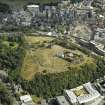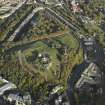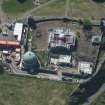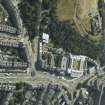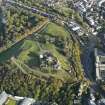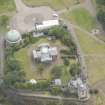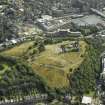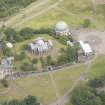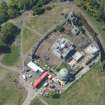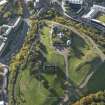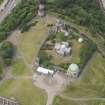Pricing Change
New pricing for orders of material from this site will come into place shortly. Charges for supply of digital images, digitisation on demand, prints and licensing will be altered.
Upcoming Maintenance
Please be advised that this website will undergo scheduled maintenance on the following dates:
Thursday, 9 January: 11:00 AM - 3:00 PM
Thursday, 23 January: 11:00 AM - 3:00 PM
Thursday, 30 January: 11:00 AM - 3:00 PM
During these times, some functionality such as image purchasing may be temporarily unavailable. We apologise for any inconvenience this may cause.
Edinburgh, Calton Hill, City Observatory, City Dome
Observatory (19th Century)
Site Name Edinburgh, Calton Hill, City Observatory, City Dome
Classification Observatory (19th Century)
Alternative Name(s) Old Royal Observatory; Old Observatory
Canmore ID 254122
Site Number NT27SE 202.03
NGR NT 26222 74203
Datum OSGB36 - NGR
Permalink http://canmore.org.uk/site/254122
- Council Edinburgh, City Of
- Parish Edinburgh (Edinburgh, City Of)
- Former Region Lothian
- Former District City Of Edinburgh
- Former County Midlothian
NT27SE 202.03 26222 74203
Standing Building Recording (8 November 2016 - 11 July 2018)
As part of a project to renovate the City Observatory AOC Archaeology Group undertook an initial programme of historic building recording
followed by a structural watching brief on all ground-breaking works and renovations to the Observatory and Transit House.
Information from Diana Sproat (AOC Archaeology Group) 20 July 2018. OASIS ID: aocarcha1-274312
Project (8 November 2016 - 20 July 2018)
NT 26198 74192 A programme of archaeological work was undertaken, 8 November 2016 – 25 June 2018, during work to the City Observatory and its associated Transit House, together with the demolition of three former observatory domes and a toilet block, in advance of new development.
The City Observatory was constructed in 1818 to a design by William Playfair and replaced an earlier observatory constructed in 1776 by Thomas Short, which was built at the same time as Observatory House. The 2017 – 18 renovations to the observatory removed an internal partition to the ground floor, opening out the two original transit rooms to the E and W, and reinstating its original arrangement. The work also exposed the original character of the W transit room, which had been converted to a lecture room in the 1930s.
The Transit House was built a few years after the City Observatory (but before 1821) and consists of a small building, which originally housed a transit telescope with the meridional windows to the N and S elevations. The building was later converted to accommodation, with a small toilet added to the NW corner. It suffered fire damage at some point and the walls are now blackened with soot. A toilet extension was added to the N side in the late 20th century.
A further dome to the E, called the East Dome, was also exposed. This dome, which had dressed stone foundations with brick construction above, has now been removed. The Tweedie Dome, now largely collapsed, was built in the late 19th century, and was joined by the Cox and Crawford Domes to either side of it in the late 1890s. Another two additional domes were added, one to the immediate NW of the Tweedie Dome, and one separate dome to the E of the City Observatory. The exact dates for these are a little unclear, but they appear to date to the later 20th century.
With the exception of the further exposure of a stone and brick dome to the E of the site and an iron post to the W of the observatory, no archaeological finds or features were identified. It appears that much of the site has been landscaped, with topsoil dumped to create the mound upon which the Royal Observatory was constructed. Indeed, a major programme of landscaping was undertaken in the late 1890s. In all other areas, bedrock was reached 0.3 – 0.8m below the topsoil.
Archive: NRHE (intended)
Funder: City of Edinburgh Council
Diana Sproat – AOC Archaeology Group
(Source: DES Vol 19)
OASIS ID: aocarcha1-274312








































